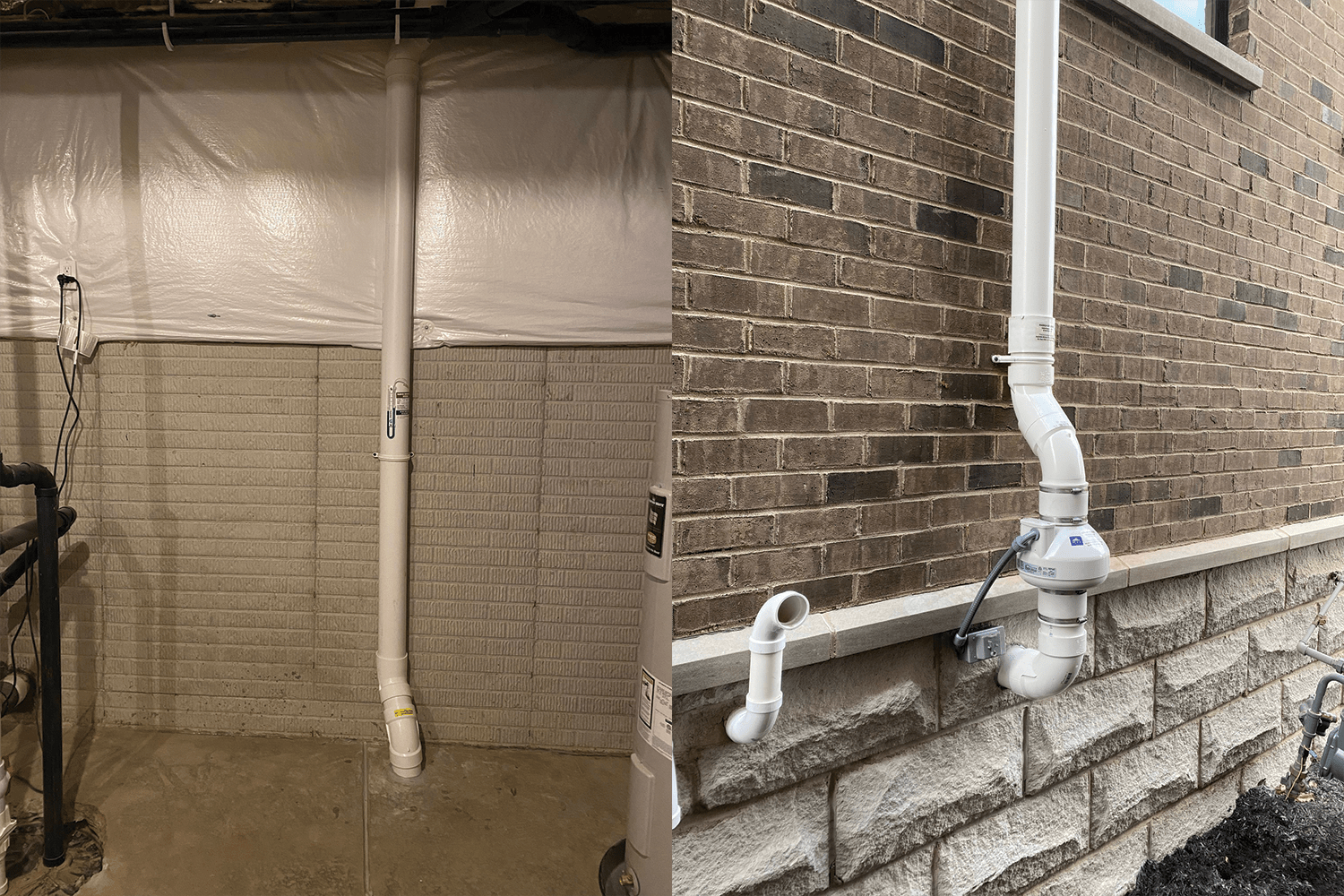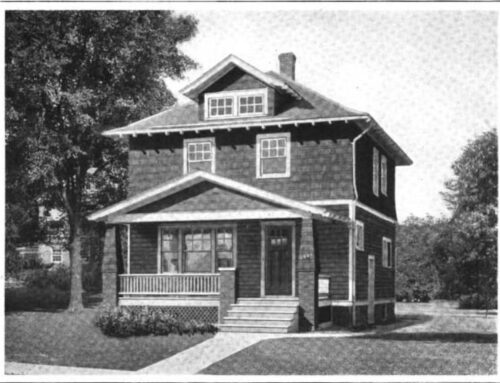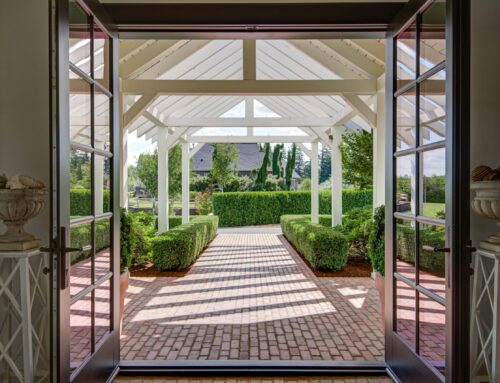Installing Radon Mitigation System

If you live in the Midwest, Northern Plains, or Mountain West states, the odds are fairly high you need an active radon mitigation system installed. For existing homes, if you are located in a Zone 1 or 2 county, the odds are very high it has unsafe radon levels. Call a radon specialist and get your home tested. You may need to install a system. The good news for new construction, installing a passive radon mitigation system is fairly easy and inexpensive. However, most builders don’t proactively install these systems, so 1) check if you live in a county classified as Zone 1 or 2, and 2) have a discussion about installation before construction starts.
Following are issues to be aware when interviewing a builder or radon system specialist.
Testing: Time of year is important. Winter months yield the most accurate tests, while radon levels will test lower in summer months. Be skeptical of tests run during warmer months, especially if the number is close the EPA’s safe level of 4.0 pCi/L or lower. Those levels will be higher and more accurate when the weather turns colder.
Also, testing equipment should continuously monitor for a minimum 48 hours. The device must be calibrated within a year of the testing date, and have a nominal sensitivity of +15 CPH/pCi/L. It should monitor temperature, humidity, and barometric pressure in addition to radon. RadonAway’s RadStar ⍺830 is an industry standard.
Permits and Inspections: Most municipalities do not require an installation permit or building official inspection. State or local building codes currently are not very specific, so it’s important as a homeowner to do your homework. Interview more than one installer, and grill them on their equipment quality, and installation standards.
Mitigation Systems: There are two types of systems: passive and active. An active system is the most common, and typically has the exhaust pipe and fan located on the home’s exterior. A passive system is essentially an active system without the inline exhaust fan. A passive system is typically only installed in new construction, where the vent pipe is internal. If an unsafe radon level is detected later, an inline fan can be easily and relatively cheaply installed.
Radon Extraction Location(s): If you have a basement with a slab on grade over a gravel base, coring through the slab is preferred—called a sub-slab depressurization system. If you have an older basement, the slab may not have a gravel base and therefore depressurization via the sump pump maybe preferred. However, if you have a fairly new home, the sump pump approach is not preferred. In crawlspace areas, the exposed earth must be covered and sealed with a minimum 6-10 MIL cross-laminated polyethylene sheet membrane. The membrane is sealed at the wall perimeter and around the pipe to create a sub-membrane depressurization system.
Vent Pipe: Vent pipes should be 4-inch schedule 40 PVC pipes, but some installers still specify schedule 20 pipe (i.e., a thinner walled material). Schedule 40 pipes are more durable, quieter (interior install), and yield better R-values which help extend fan lifespan by diminishing condensation.
Inline Fan: Choosing the correct fan depends on several factors. Getting the correct suction or exhaust is critical, which requires pressure testing the sub-slab or sub-membrane area first. Too much suction can depressurize your basement, and not enough won’t mitigate the radon gas. Another consideration is fan noise for internally installed systems.
Electrical: Externally installed fans should be on their own separate circuit and are required to be wired directly to the electrical sub-panel. Some code officials and home inspectors classify radon fans as life-safety devices, which by code are required to have a dedicated circuit. The subject is still being debated in the radon mitigation community, so it’s a good question to ask an installer.
Basement Slab: The basement slab must be caulked and sealed at the slab edge to foundation wall joint, mid-slab control joints, and other slab penetrations or joints. If any joint or crack is greater than a ½-inch, a foam backer rod is required to support the caulking.
Perimeter Drains: In new home construction, there is the option to use a perimeter drain footer form. This relatively new product not only is used to form the concrete foundation footer, but also serves as a perimeter water draining system. These forms include accessories that connect into a passive radon vent system. This creates a direct airpath to the sub-slab gravel cavity. The radon mitigation vent doubles as a water vapor and gas depressurization path. Another reason to install the vent pipe, regardless, if radon is present.




